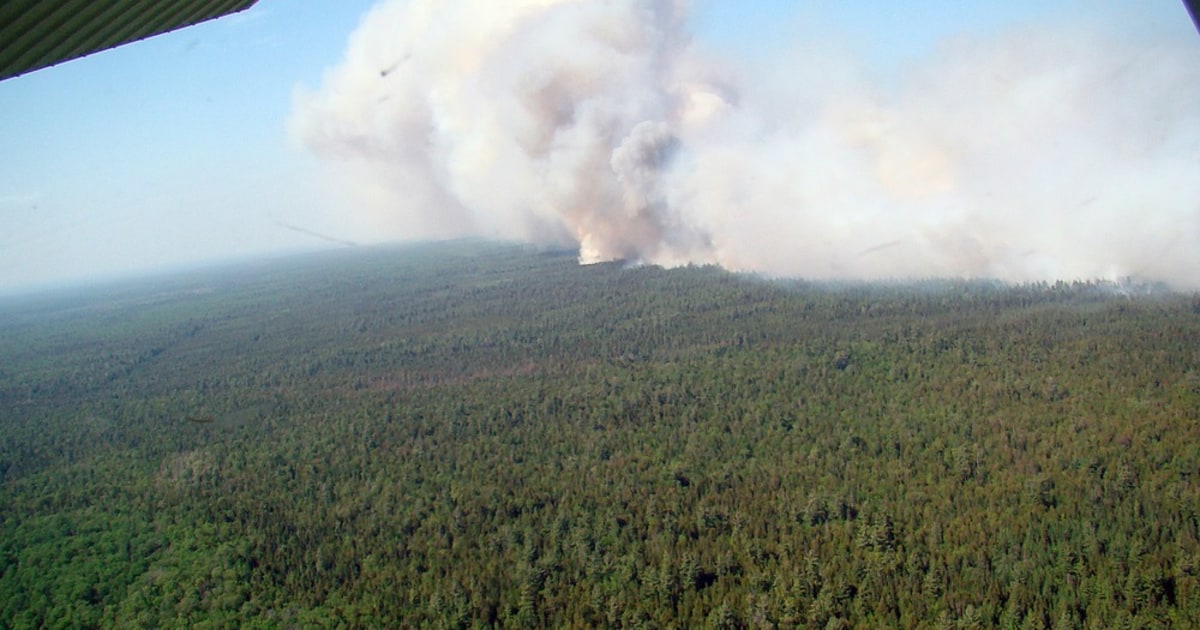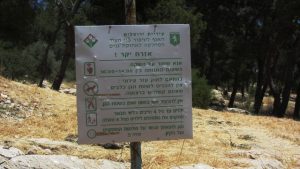

Many were blinded – some temporarily and some permanently – by smoke, gusting dust, and flying ashes that traveled faster than a whirlwind and blotted out the sun for days. When the fire finally burned itself out, there were 282 known dead, more than 3,400 buildings destroyed, and almost 15,000 residents homeless. The store turned dark, and then blew into a bright, red glare.” Across the street, barrels of kerosene and gunpowder ignited when the hardware store burned. After a few minutes they had to return inside because of the heat, and another 30 would take over. Thirty men pumped water from the adjoining well and kept the walls and tile roof wet. As they watched, building after building burned around them. “Four hundred people fled to the new brick courthouse. Shortly after 1 pm there was darkness, as though a curtain had fallen. Above the wind, a strange roar was heard, the sound of the approaching flames. The winds had begun at noon and, according to observers, trees were broken off at the stump, boulders rolled along like pebbles, and people lifted off their feet into the air. “The fire appeared at Bad Axe, 20 miles northeast of Cass City, a little after 1:30 p.m. Newspapers of the day files reports like the following: The area news covered the event with more interest. News Coverage of Michigan’s 1881 Thumb Fire Was Nationwide It killed over 275 people, consumed 3,000 buildings and numerous cattle, hogs, and other livestock.

In the end, the 1881 fire swept through the same path as the 1871 fire in Sanilac County. The family’s only survivor, 13-year-old Kenneth Richmond, was not home the day of the fire. All had suffocated while taking refuge in the well. The horrific firestorm lifted off the roof of the house and sent the burning debris over the well. He continued to fight the fire in an attempt to save his home until the fire’s heat was unbearable. As the fire approached, the husband, Sylvester Richmond age 43 placed his wife Laura and six of their seven children in the well in two feet of standing water. They had a nine-foot-deep well located about fifty yards from their home. Four miles west of Forestville, the Richmond family resided. One description of a family’s attempt to save themselves from the fire illustrates its intensity. Forestville was spared through the quick action of volunteer firemen and a sudden shift of the wind. Forestville SparedĪlong the eastern edge of the central Thumb, there was an enclave from Harbor Beach to White Rock which was spared the devastation of the fire. REPORT THE MICHIGAN FOREST FIRES OF 1881.

Old roots, pine tops, branches, brush heaps, timber, and the parched earth made the fuel for the burning.” SIGNAL SERVICE NOTES, No. Everything was ready to feed the fires when they finally came.
Omer michigan forest fire full#
Some of the old trees had blown down, and the forests were full of ” wind-falls ” and of great piles of dead timber which are called ” slashings ” by the people of the settlements. Ten years before, a great fire had burned over the country, and had left standing acres of dead timber, and the sapless trunks and dry branches made splendid food for the flames. The earth was baked and cracked, the heat having penetrated to an unusual depth. The vegetation of the fields and woods had become tinder. The swamps had been burned to hard clay by the sun, fiercer in its heat than it had been for years before. “In September no penetrating rain had fallen for almost two months. REPORT THE MICHIGAN FOREST FIRES OF 1881.Ĭhart of the Burnt District – From the Report on the Michigan Forest Fires of 1881 – William O. These are the counties that suffered from the great fires.” SIGNAL SERVICE NOTES, No.

Lapeer County lies south partly of Tuscola and partly of Sanilac. South of Huron is the counties of Tuscola and Sanilac, the latter bordering on the lake. At the northern end of this tongue is Huron County. “The summer of 1881 was excessively dry, and the drought had done its work nowhere more effectively than in the wide, blunt, tongue of land which lies between Saginaw bay and Lake Huron. The report was issued in the Spring of 1882. The Army was summoned to the area and asked to assess the disaster and seek its cause. It forever altered the landscape of the Upper Thumb and its effect is seen in the area today. The fire destroyed major parts of Tuscola, Huron, Sanilac, and St. The fires of September 4th through the 6 th 1881, commonly known as the Thumb Fire, took hundreds of lives and burned well over one million acres.


 0 kommentar(er)
0 kommentar(er)
